When I served as Assistant Secretary of Housing at the Department of Housing and Urban Development (HUD) in the first Bush Administration, I discovered that the government was paying billions of dollars to large banks, defense contractors, and universities to collect and manage data on the people and resources of the United States.
The lead defense contractor at HUD was paid approximately $150 billion to run the systems. (That was later to increase by even greater amounts.) No matter how much we paid to create and maintain rich databases, it was almost impossible for me to get any of the data that I needed to do my job. What I did get required an extraordinary effort on my part.
My efforts to get basic management and financial information were met with fear, lies, and endless passive-aggressive behavior. I soon learned that data about money in government were like cigarettes in prison. Data were a currency, traded for power and position. Data that were supposed to be public were not easily available to government officials and certainly not available to the average person. However, data that were supposed to be private appeared easily accessible to a variety of financial interests.
~ View Parts I through VI of this article here.
Years later, my company Hamilton Securities Group served as lead financial advisor to the Federal Housing Administration (FHA). We were ordered by the agency to implement a comprehensive portfolio strategy and collect the necessary data from the agency. Most of the data needed were supposed to be publicly available. Thus began a data war during which various parts of the agency and the defense contractors who controlled and managed the data made it impossible for us to get various portions of the necessary data.
Frustrated, we started to build a software tool that simply identified all the federal data publicly available online that informed resources in communities and would allow the user to aggregate and display the data by neighborhood. My employees were afraid of the project, so I finally assumed the initial leadership myself.
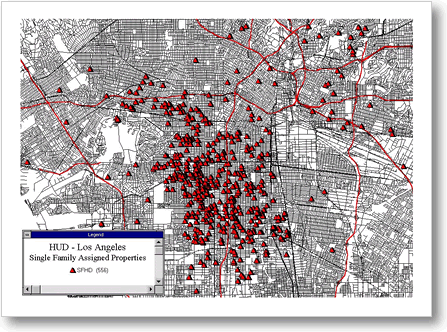
(Above: Properties collateralizing assigned [defaulted] FHA single-family mortgages in South Central Los Angeles; circa 1996)
One of the many charts that we produced showed that a very high percentage of the urban populations receiving housing subsidy were also receiving welfare and food stamp funds administered by the Department of Health and Human Services (HHS). This information had profound implications for the debate regarding welfare reform in the mid-1990s. At the request of a mutual friend, we met with the Secretary of HHS and showed her the mappings of the various cities and what it meant to her program. She gasped and said, “I have been asking for these data for years. How did you get it?” We explained that we had found the HHS data on her agency’s website and simply aggregated it with other sets that we dug out in a similar fashion.
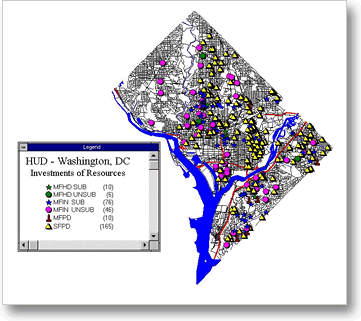
(Above: properties involving various FHA-insured mortgages in Washington DC; yellow dots are foreclosed properties; circa 1996)
The government seized our software and databases in 1998. It took many years for me to get them back and when I did, the most valuable parts were stolen.
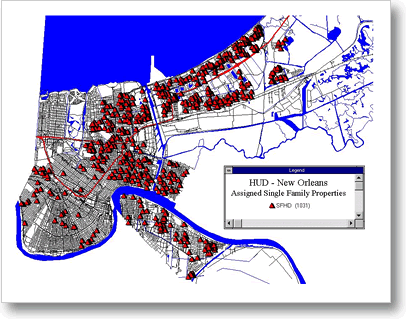
(Above: Properties collateralizing assigned [defaulted] FHA single-family mortgages in New Orleans; circa 1996)
In fiscal 1998, $17 billion was missing from HUD. In fiscal 1999, $59 billion was missing from HUD. This, while HUD was engineering the greatest housing bubble to ever fraudulently induce America. No effort was made to figure out or find the missing money. The theory spun publicly was that the computers did not talk to each other so no one could find the data they needed to figure out what had happened, let alone get any money or fraudulently issued mortgage insurance policies and securities back.
I am blogging these stories—long past—as background for comments I want to make about the advisability of mandating federal government ownership and control of the medical and health data of all Americans.
~ View Parts I through VI of this article here.



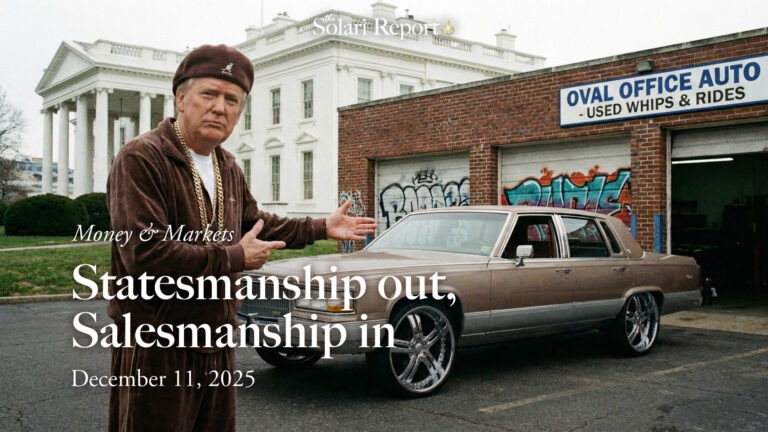
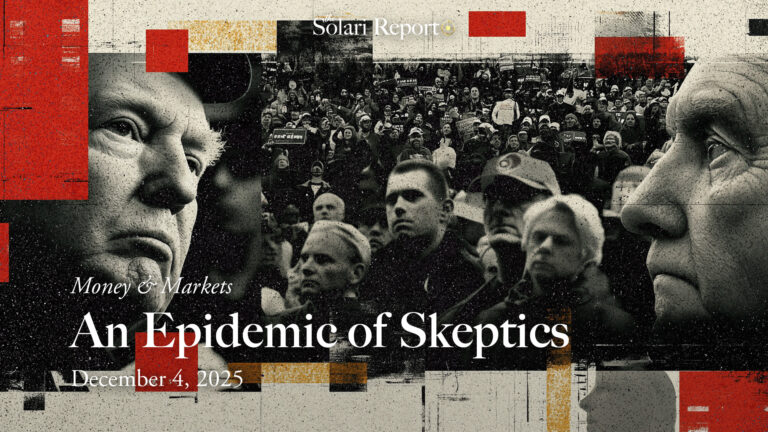


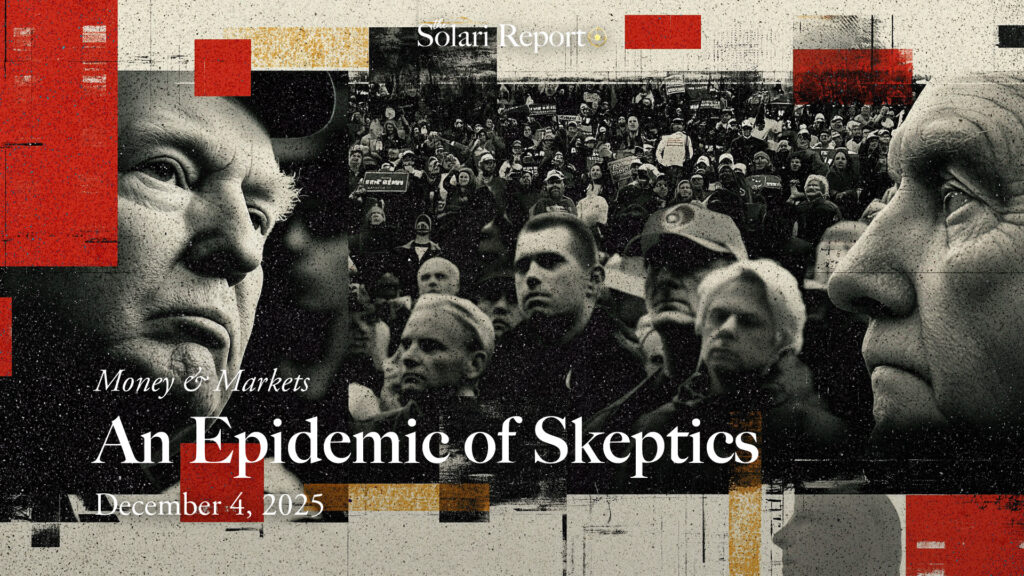








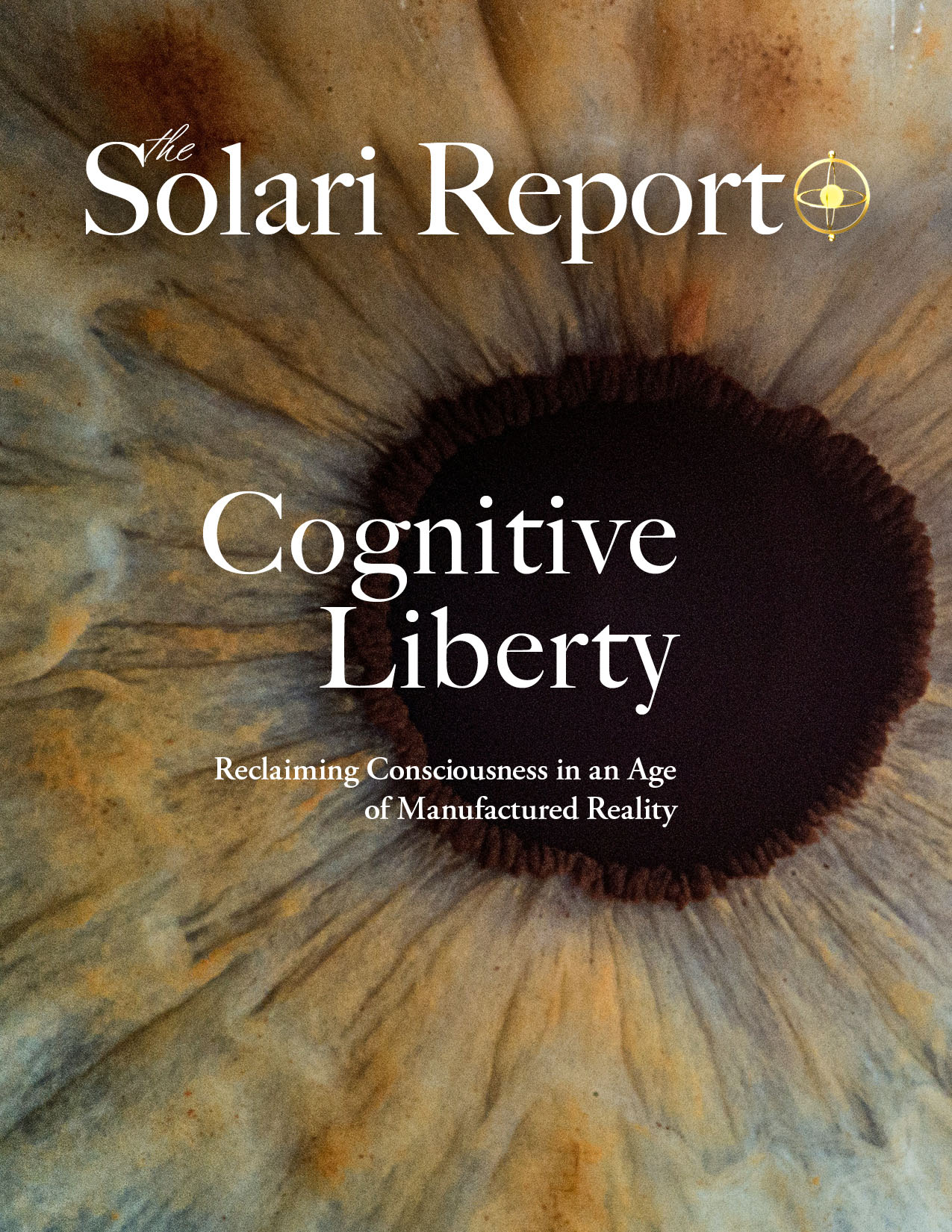














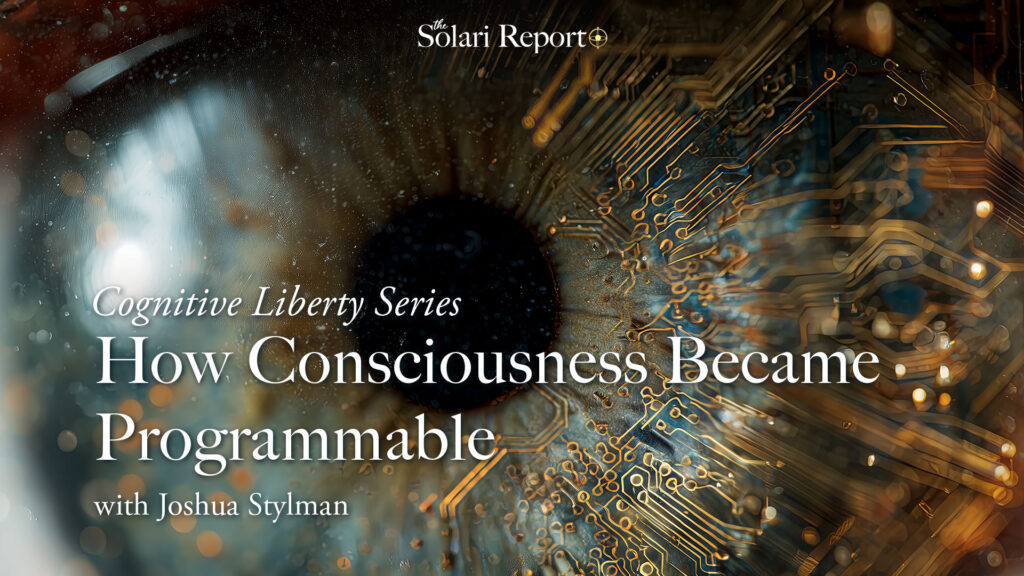
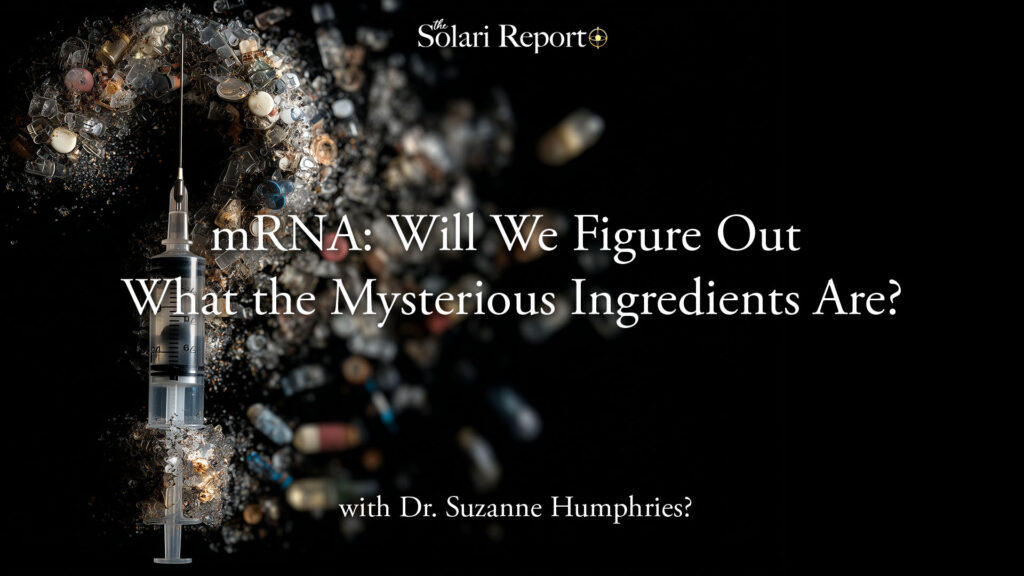


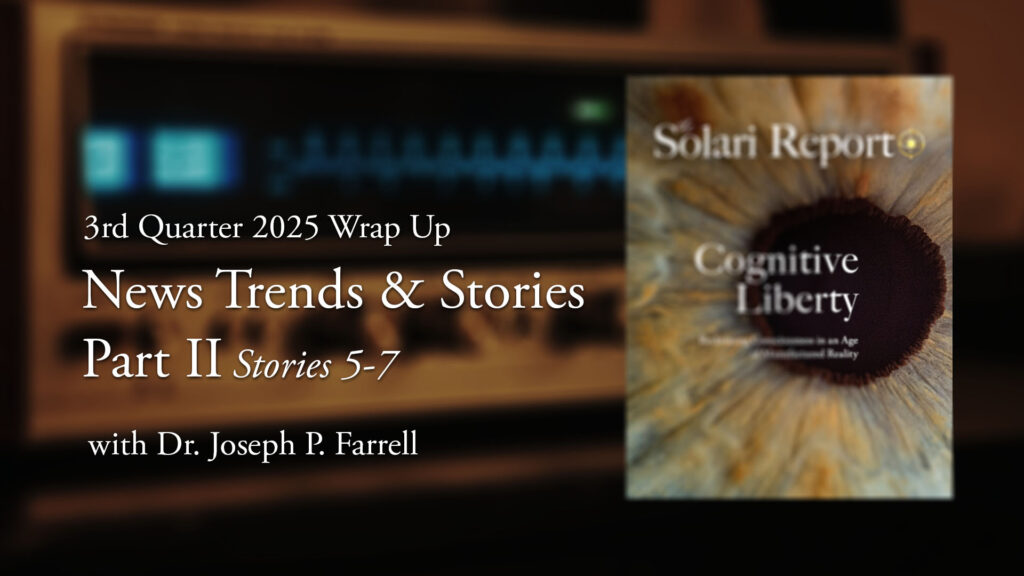
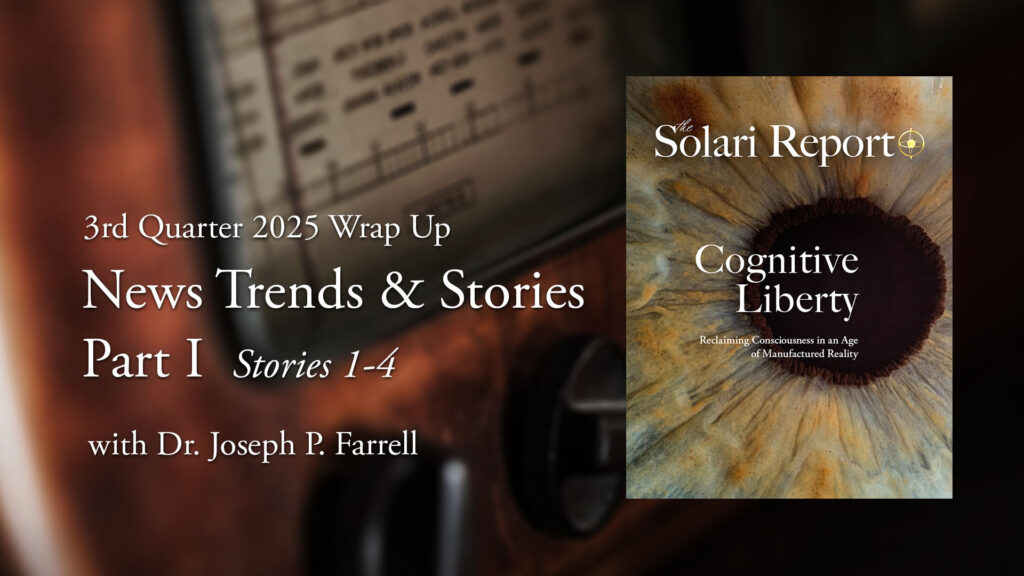
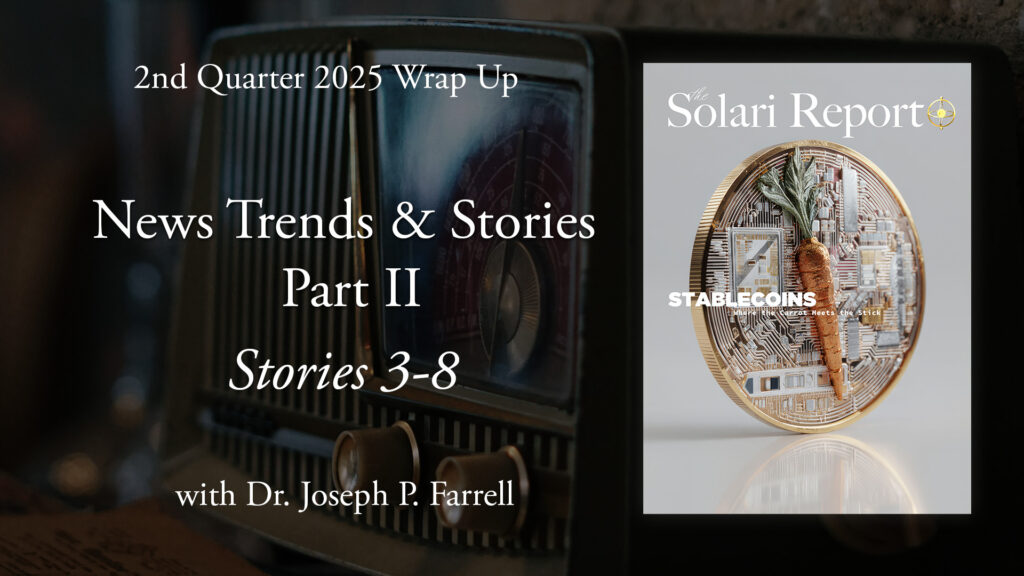



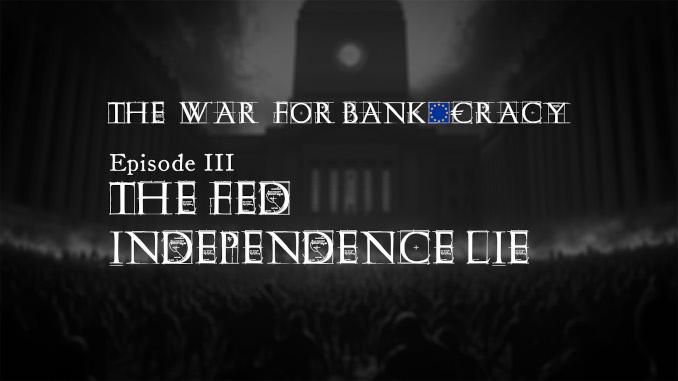
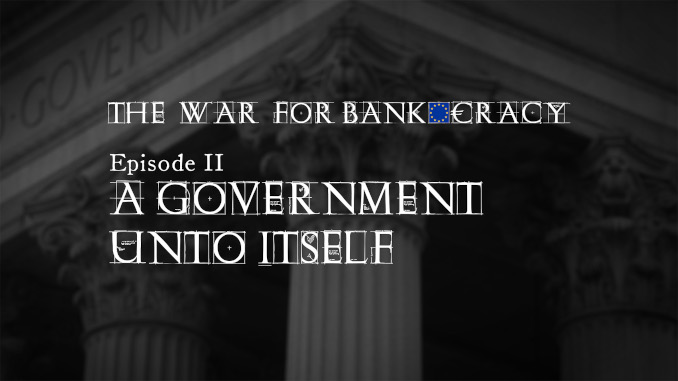



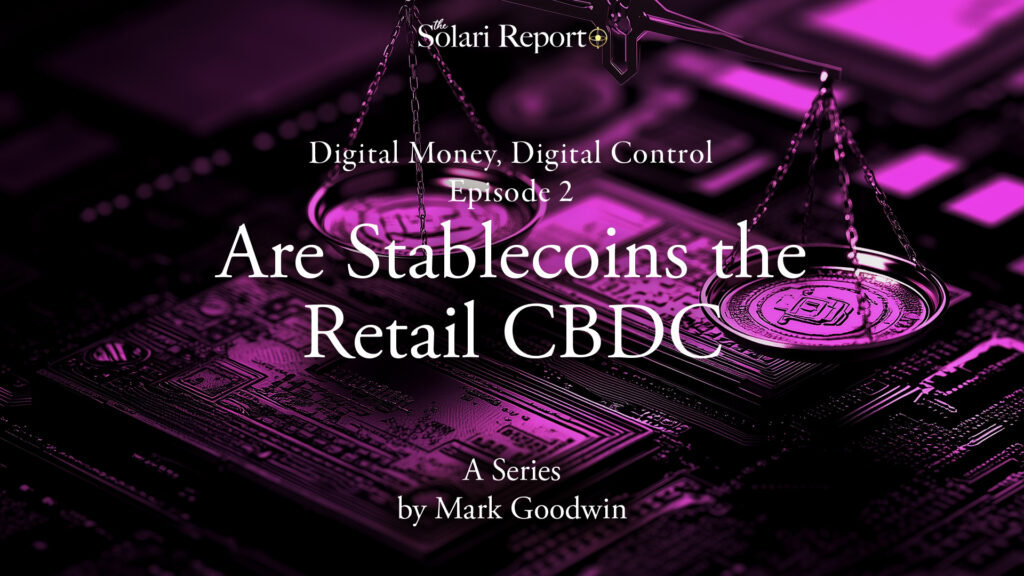
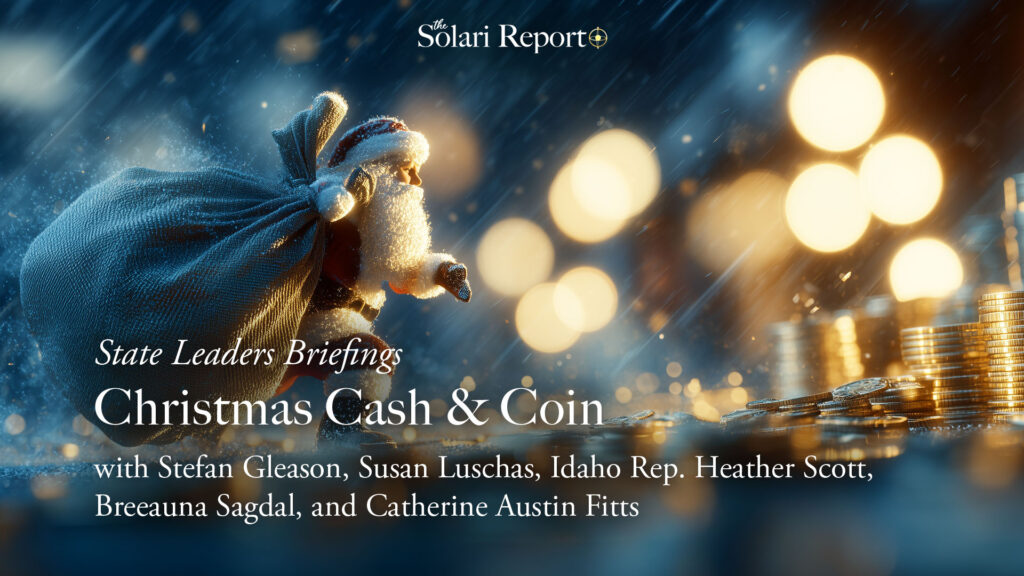
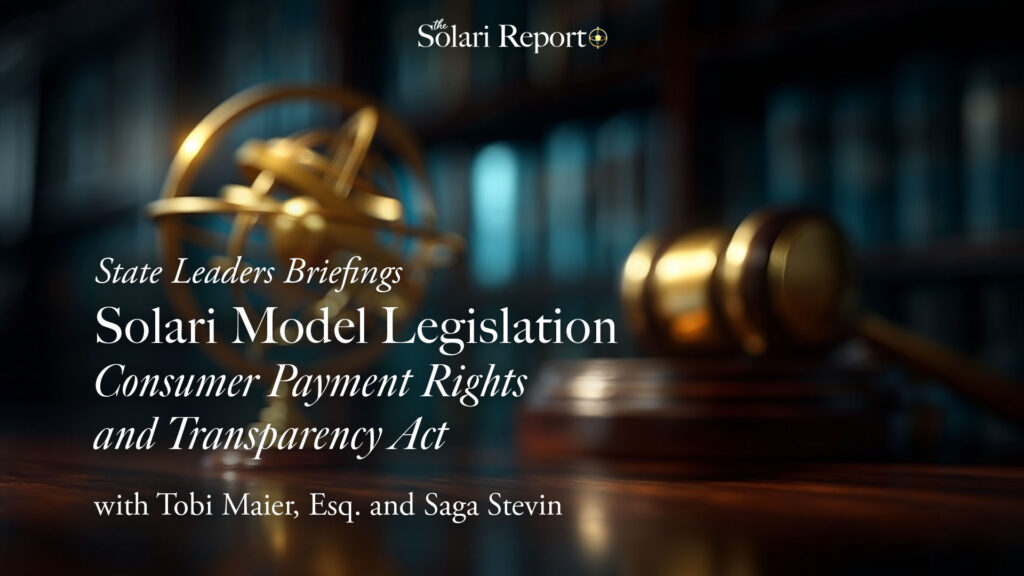

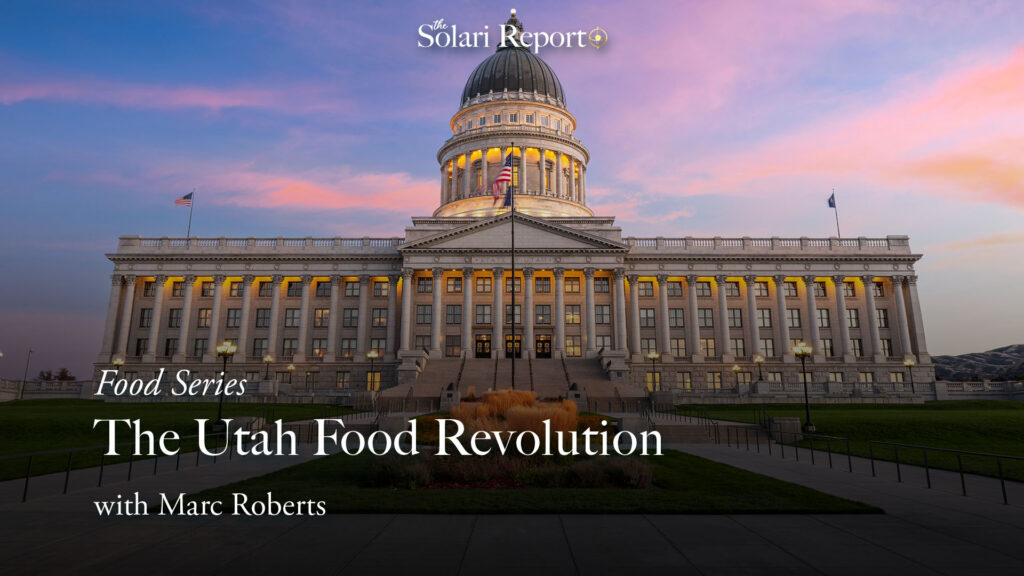













































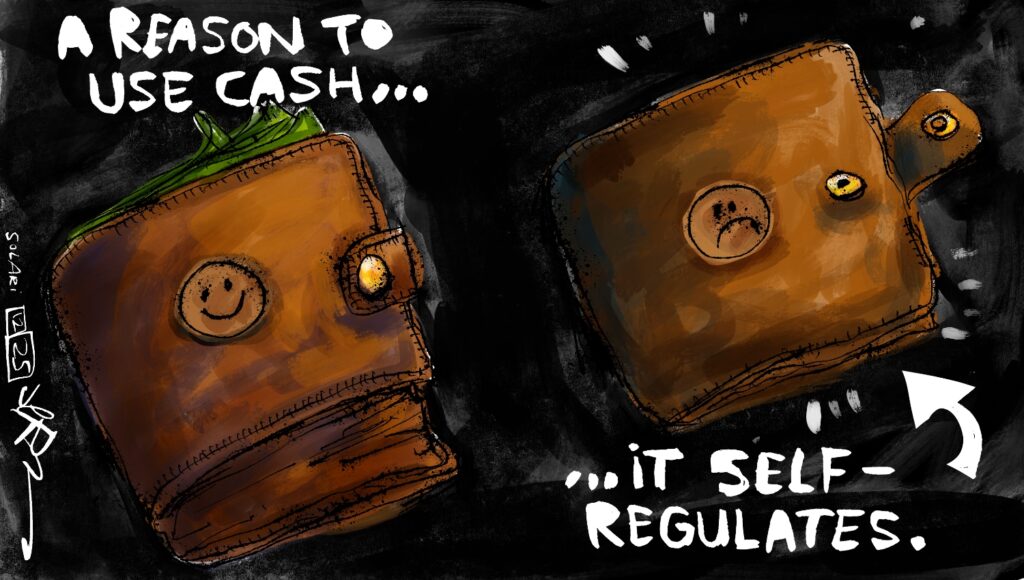
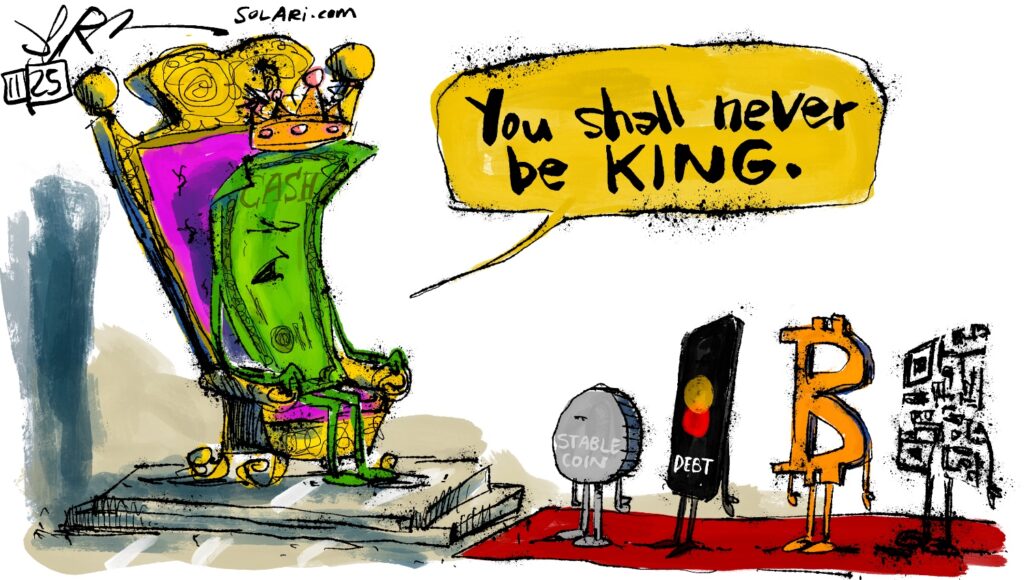





















Catherine-
Having read just about everything you’ve written for years, I’m wondering what’s happened to your book that was going to come out at the end of last year. I believe it was basically Dillon Read and the Aristocracy of Stock (previously Prison) Profits fleshed out and added on to. I’m just waiting to order a copy. Thanks for all the work you’ve put into keeping us informed citizens.
Liz:
It is expected out late spring/early summer.
Thanks for asking!
Catherine
It was almost 12 years ago that I first read about Solari and, you. Ever since my first introduction to your point of view and insight, it became clear you’re a gem. I’m glad you’re there.
As a retired DoD civil servant, on the supply side, I know just enough about slight of hand in procurement and missing money to understand your data problems. I’m ever so happy to away from the madness that has brought us to this point in our history. Good luck in your efforts to make a difference. My personal effort, as a Ron Paul delegate in Missouri’s 1st Congressional District, was the most pro-active effort I’ve ever undertaken to exhibit my patriotism and concern for this nation. That exercise had me looking into the monster that is our political process, with a new and discouraged outlook.
How do we break free from the Zionist money running this nation?
Richard:
Thanks so much for your post. I really appreciate your taking the time to do so and your kind words. (blush)
We start by shifting our own money. Where do you bank? If you are still banking with a large bank, you may want to consider finding a well-managed local bank, savings bank or credit union:
http://solari.com/banks
Catherine
Greetings
I just learn one of the local banks I was considering has taken TARP funds. Should this take them off of my list? Everything else looked good in regards to the advice you have in how to choose a local bank.
Rob
Interesting segment on “reverse redlining” and resultant foreclosures in the Memphis area:
PBS Now, 2/6/09
http://www.pbs.org/now/shows/506/index.html
Phyllis Betts, director of Center for Community Building and Neighborhood Action, a research center at the University of Memphis, is interviewed starting at about 4:40. She is described as a local expert on foreclosure patterns:
“Every dot on this map represents a completed foreclosure for 2008.” Over the past 9 years, she says foreclosure hit nearly 1 in 10 households in the county…
…”Reverse redlining is a business model that says we can target this neighborhood to strip wealth out.”
…And Phyllis Betts sees a pattern when she studies all those dots in her foreclosure data.
“We’re talking about neighborhoods being targeted for, ‘easy pickings’, if you will. A disproportionate amount of the subprime lending went to African Americans even when you compare similar income levels.”
more on Ms. Betts
http://www2.urban.org/nnip/desc_mem.html